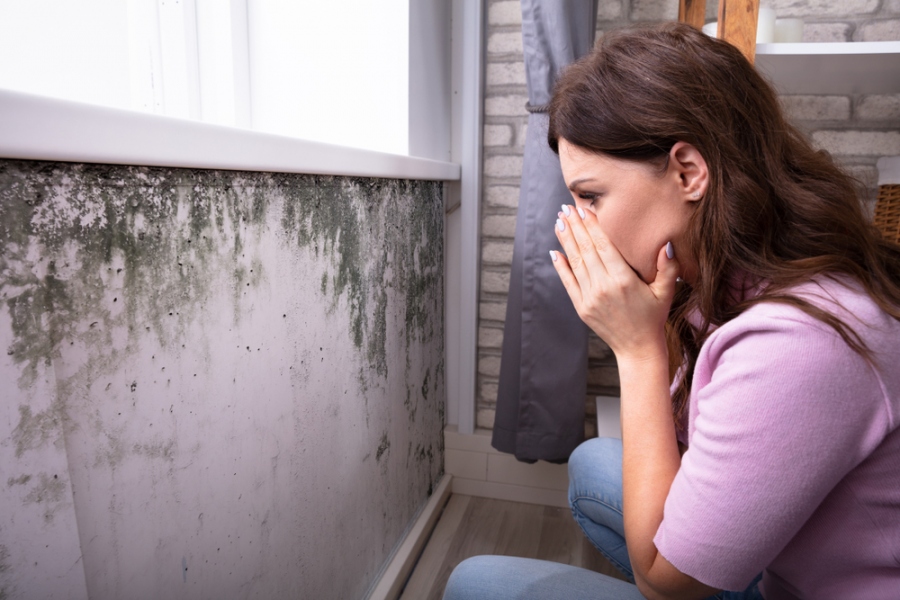When your home is flooded, you need to start thinking about repairs and saving as much as possible as soon as you can. Unfortunately, this is not something that is easy to do. Wet materials can easily start developing some serious problems in just 24 hours. This includes mold and more. You need to contact Melbourne water leak detection professionals as soon as possible but you also need to understand what repairs will be needed. Some of the important information you need to be aware of is presented below.
Different Water Types
Three water types exist:
- Clean water coming from condensation, rain and so on.
- Grey water that is slightly dirty and comes from clean toilets, washing machines, dishwashers and so on.
- Black water that is normally sewage or comes from serious flooding that happened due to nearby rivers.
Understand the differences between these water types since the repairs that are possible after the flooding vary based on what type of water was present.
Always Inspect Really Serious Issues
This includes mildew and mold. Whenever you notice that materials were damaged by them, quick actions need to be taken. There is mold that is really dangerous for humans. When such mold is present, the best thing you could do is to simply get out of the home and try to restrict airflow. Mold is also present in some hidden areas like under your floors. Inspection is thus needed after you take out the water. You never know if toxic mold appeared until you look for it.
Dry The Area As Soon As Possible
This needs to be a clear priority. You need to remove moisture as soon as possible or more damage will appear. This is true even when we look at the smaller leaks. You need to be as thorough as possible. Usually, fans are needed in the area that is affected to circulate air. If you have a large area affected, you need to rent some larger capacity dehumidifiers. Zero moisture should be left after water damage is repaired.
Throw Away Porous Materials
This includes fabric, insulation, carpets and all similar items. When these end up soaked, they have to be thrown away because water permanently damages porous materials. Mildew only makes the matter a lot worse. In the event that you have a piece that you absolutely love and you want to try and save it, just isolate it and see if dying works. Sometimes the damage is not that much and you can fix everything. Remember that drywall, wood and unsealed cement also fall into the category of porous materials.
Disinfect The Home
After removing the components that were damaged, you need to disinfect everything before you do something else. Bleach tends to work really well in such cases. However, countless homemade options do exist. No matter what you decide to use, be sure that you lightly spray the area and you wipe it down before water damage repair starts. This helps you to remove lingering mold spores and reduce the possibility of being infected.
